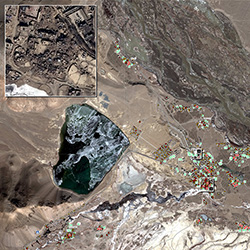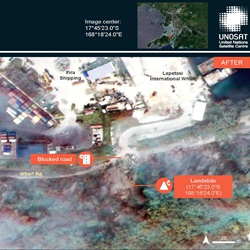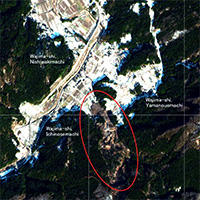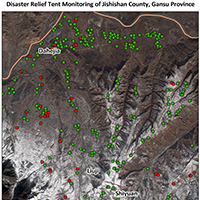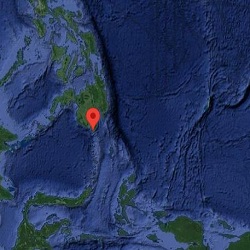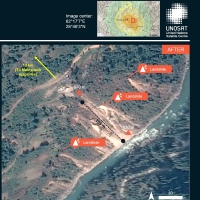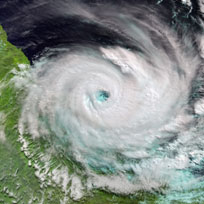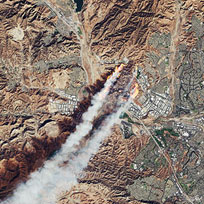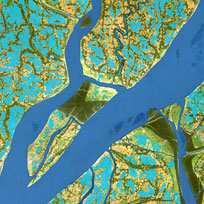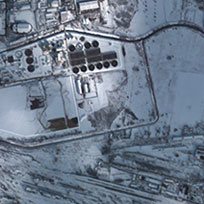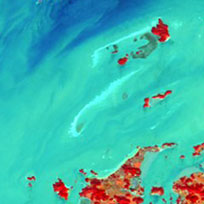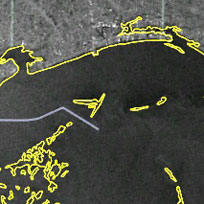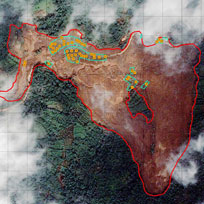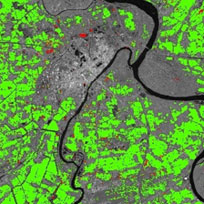Earthquakes
Earthquakes occur following the release of energy when tectonic plates move apart. These plates move in currents in the Earth's lithosphere and the edges, which have been mapped to fault lines, sometimes collide. When the plates meet and become stuck, energy generated from the current is trapped until the plates move apart and seismic waves are generated. These waves cause earthquakes, as they quite literally shake the earth as they radiate outward, and do the same on the earth's surface once they reach it.
There is currently no way to predict an earthquake, and as such they strike with no warning. The most powerful earthquakes can cause devastation to entire cities, leaving them in ruins and requiring potentially years to recover.
There are two ways to classify an earthquake:
- The magnitude is the approximate size or strength of the earthquake. Determining the size of an earthquake is difficult, as the effect may be felt many kilometres away and so the magnitude is estimated based on the relative impact.
- The intensity is an estimate of the strength of the shaking at a particular location. The maximum intensity typically occurs at or near the epicentre of the earthquake and grows weaker farther away.
An earthquake is not an isolated moment of seismic activity and is often followed by aftershocks as the fault in the earth's crust readjusts following the release of energy. Aftershocks are normally less intense than the main event but in some cases an aftershock may be more powerful than the seismic activity that preceded it, and so the aftershock is re-designated as the earthquake and anything before that is classified as a foreshock.
Since there is no way to identify an earthquake before it occurs, satellites can only be used to assess the aftermath. Optical and radar data can quickly help first responders to assess and map the damage, helping to identify the areas where survivors may be most in need and providing valuable intelligence on sites that may be unreachable on the ground.
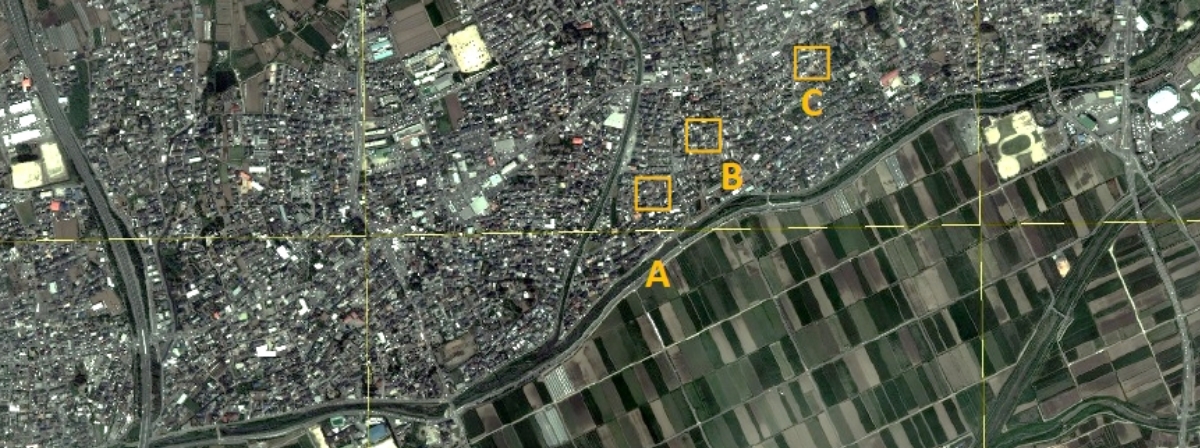

 English
English Spanish
Spanish French
French Chinese
Chinese Russian
Russian Portuguese
Portuguese
 Damage assessment in Sarpol-e-Zahab, Kermanshah, Iran
Damage assessment in Sarpol-e-Zahab, Kermanshah, Iran